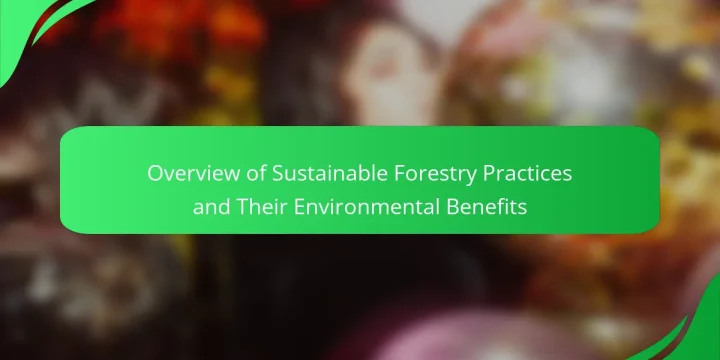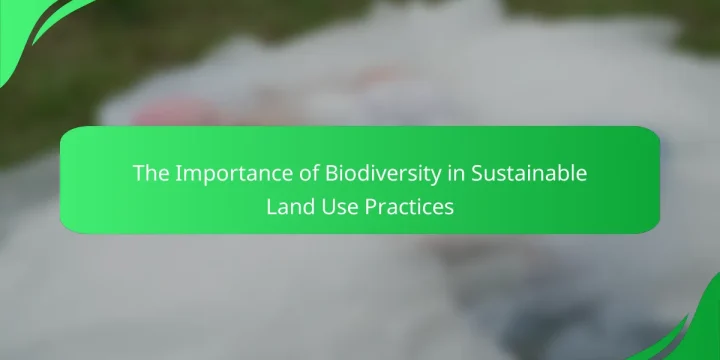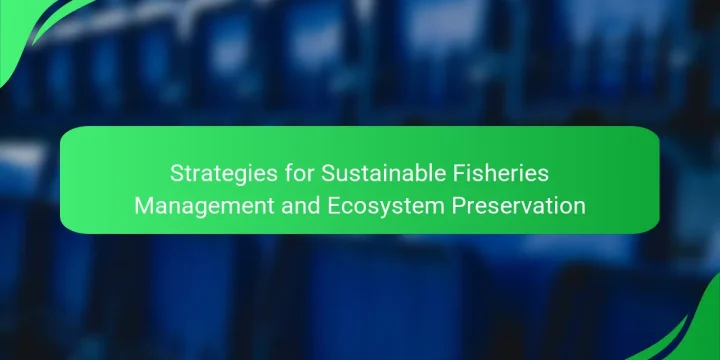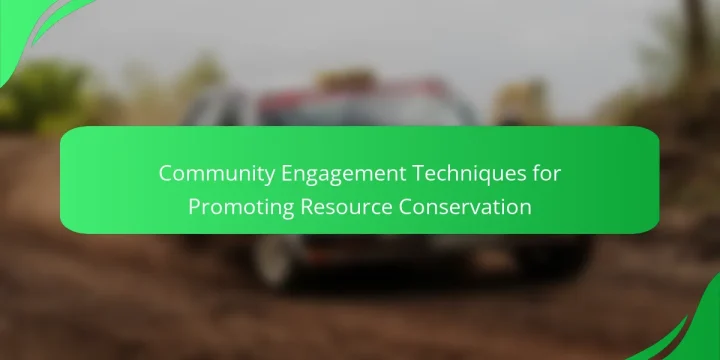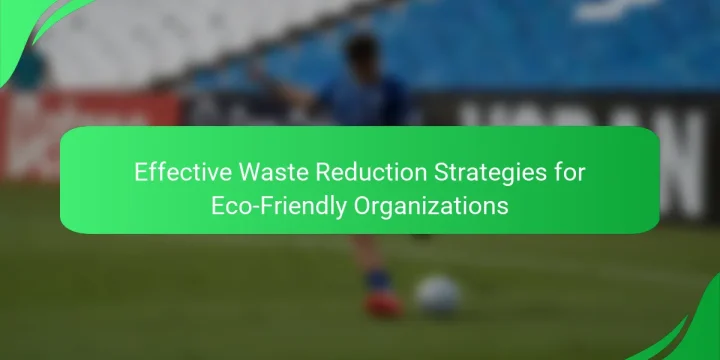
Effective waste reduction strategies are essential for eco-friendly organizations aiming to minimize their environmental impact. Key strategies include implementing recycling programs, reducing single-use plastics, optimizing supply chain management, and promoting composting. These methods can lead to significant decreases in landfill waste, with studies indicating that organizations can reduce waste by up to 30%. Engaging employees through training and conducting regular waste audits further enhance these initiatives, ensuring continuous improvement and fostering a culture of sustainability. Overall, these practices contribute to a more sustainable operational framework, aligning with environmental responsibility goals. What are Effective Waste Reduction Strategies for Eco-Friendly Organizations? Effective waste reduction strategies for eco-friendly organizations include implementing recycling programs, reducing single-use plastics, and optimizing supply chain management. Recycling programs can significantly decrease landfill waste. Organizations can also promote the…
